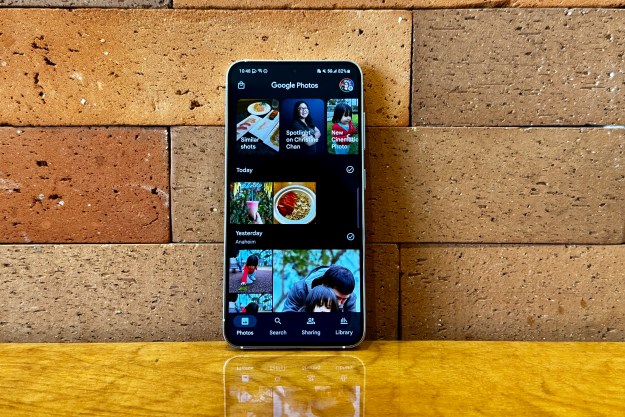
Google Assistant is present on almost all Android phones now, but more devices are going to get a dedicated hardware button you can use to access it. The announcement, which Google made at Mobile World Congress 2019, comes after we’ve already seen some of the new phones with the dedicated button.
The first phone to feature a dedicated button to access
New phones with the dedicated button will come from the likes of HMD Global, with the Nokia 4.2 and Nokia 3.2, and LG, with the G8 ThinQ as well as the midrange K40. Xiaomi is also a partner, so the Mi Mix 3
The single button offers three ways to use it. A single tap launches
The big question is whether you will be able to disable or remap the
As smartphones continue along the bezel-less trend with gesture navigations to interact with the operating system, we’re also seeing a small push to eliminate physical buttons in favor of haptic ones as well. It’s interesting to see a new physical button on the phone becoming more prevalent, and it only shows the speed at which artificial intelligence assistants are growing. Soon it may be commonplace to expect a dedicated A.I. button on phones as you would the power button or volume rocker.
Editors' Recommendations
- Google just released the first Android 15 beta. Here’s what’s new
- Google just announced Android 15. Here’s everything that’s new
- Nokia’s newest Android phone has an unbelievably cool feature
- Forget ChatGPT — Siri and Google Assistant do these 4 things better
- What is Google Assistant? Here’s the guide you need to get started



